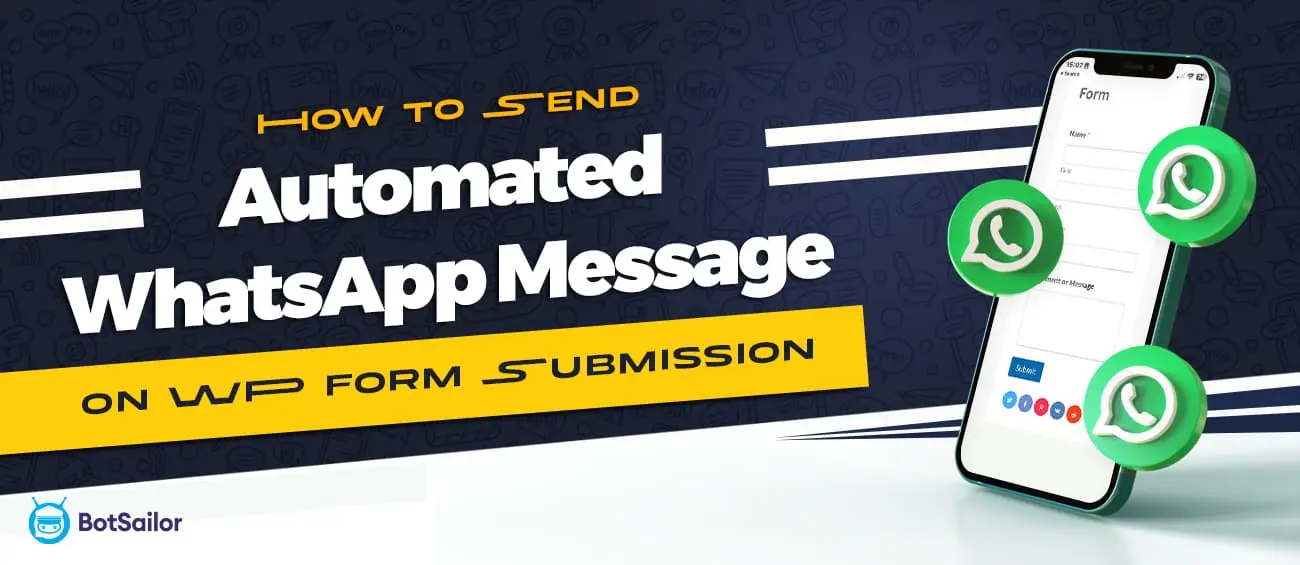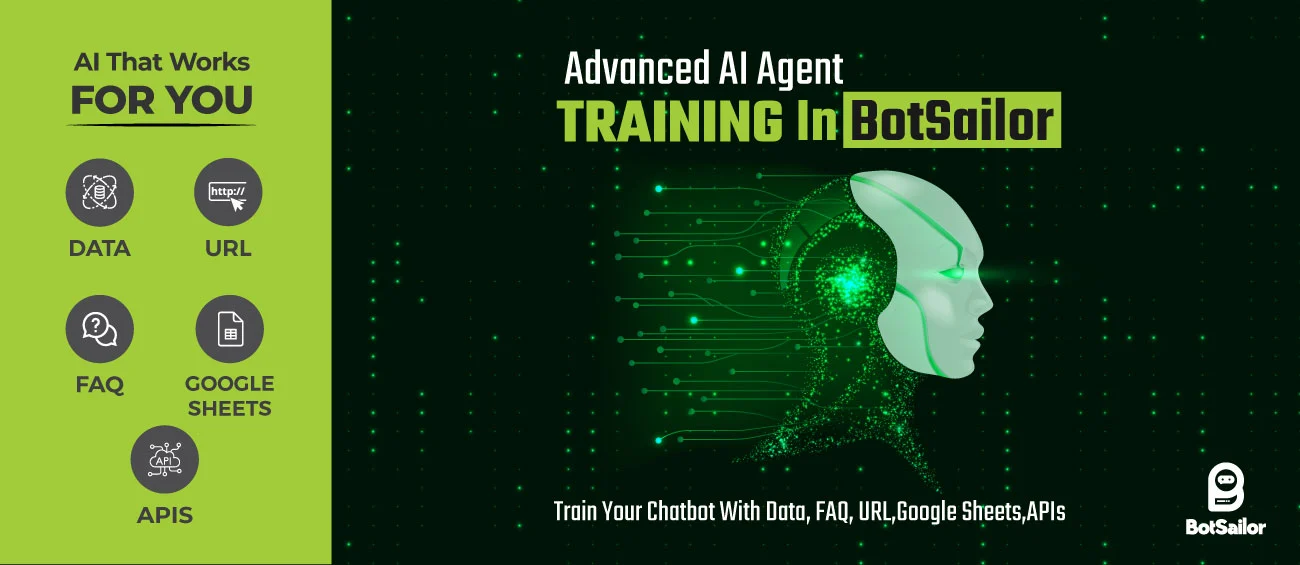In today’s digital world, communication is key to building strong relationships with customers. Automating responses not only saves time but also ensures that your customers feel valued and attended to promptly. If your website uses WP Forms for inquiries, feedback, or registrations, you have a golden opportunity to streamline communication by integrating automated WhatsApp messaging.
This blog will guide you through the process of setting up automated WhatsApp messages triggered by WP Form submissions. Whether you want to send a thank-you note, a confirmation message, or follow-up information, this integration can enhance your user experience and boost customer engagement effortlessly. Let’s dive in to learn how to set this up in just a few simple steps. Once set up, it will start working automatically.
Step 1: (Install WP form Webhook Add-on)
Along with the WP form plugin (You must have the pro version of the WP form), we will need a plugin calledWebhooks Addon.
- From the WordPress dashboard, selectWPFormsand then selectaddon. A plugin page with all the Addons of the WPForm will be available.
- Install theWebhooks Addonand activate it.
Step 2: (Create a Message Template)
Meta allows only an Approved Message Template to initiate business message to WhatsApp. So, we must create a Message Template and it must be approved by Meta.
- From the BotSailor dashboard, go to WhatsAppBot Managerand selectMessage Template.
- Click on theCreatebutton, and selectGeneral Template.
- Provide a name for the template, select the locale and the category and then header type.
- Then write the message body.
- We can also add buttons likeCall to ActionandQuick Reply.
- Saveit and close the window.
- Click on theSync Templatebutton to synchronize it. When it’s approved by Meta, it will be available to use.
Step 3: (Create Webhook Workflow campaign)
Then, we need to create a webhook workflow.
- Go toWebhook Workflowfrom the BotSailor’s dashboard and click on theCreate
- Give a name to the workflow, select the WhatsApp account and the Message template to use for this campaign.
- Click on theCreate WorkflowIt will provide a WebhookCallback URL, copy the URL. We would need this URL in the WPform.
Don’t close the window yet. The campaign is not created yet.
Step 4: (Create a WP form and add the Callback URL)
In this step we are going to create a new WP form with a phone number field and add the copied URL in the webhook settings from the previous step.
- From the WordPress dashboard, go toWP Formand then selectAdd New. Name the form and select a template for the form and add aphone number field in the form.
- Now, go toWP form settings, select thewebhook,andenable the Webhooks.
- In theRequested URL field,paste the copied callback URL.
- OnRequest Method, selectPOST.
- From theRequest Body, select thename fieldand enter aparameter key(for reference). We will add more request body by clicking on the“+”button.
- We will add 3 more request bodies foremail, phone number, and the message body.
- Finally,savethe form.
Step 5: (Send sample data and map the workflow)
Now, we have to fill the form once to send sample data to BotSailor’s webhook and map the campaign accordingly.
- Go to the WP form andfill out the form.
- Then,go back to BotSailor’s webhookwhere we left and click on theCapture Webhook ResponseUpon clicking, the webhook will capture the sample data that we just entered on the form.
- Now, from theWebhook response mapping; click on thephone number fieldand select the phone number from the raw data.
- Likewise, there will be more field to map if we have variables in the Message Template. Every variable should be mapped with the sample data.
- Thensavethe campaign.
That’s all. Integrating automated WhatsApp messaging with WP Forms is a powerful way to enhance customer communication and streamline your workflow. By following the steps outlined in this guide, you can set up a seamless system that sends personalized messages to your users the moment they submit a form.
This automation not only saves time but also improves user experience, showing your customers that you value their time and inquiries. Start leveraging this integration today to strengthen customer relationships and boost engagement with minimal effort.





(0) Comments